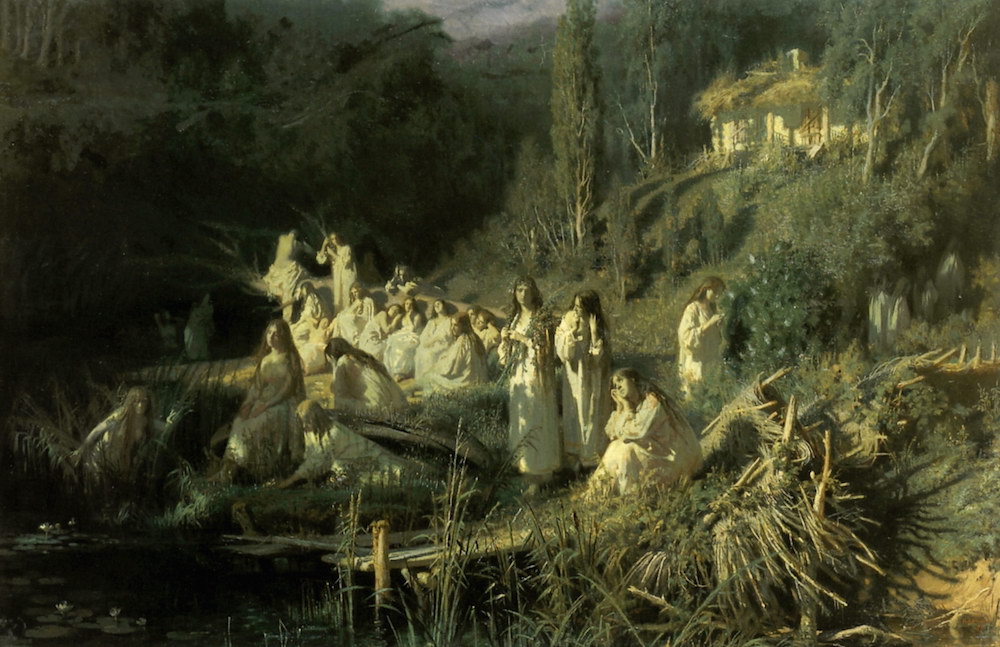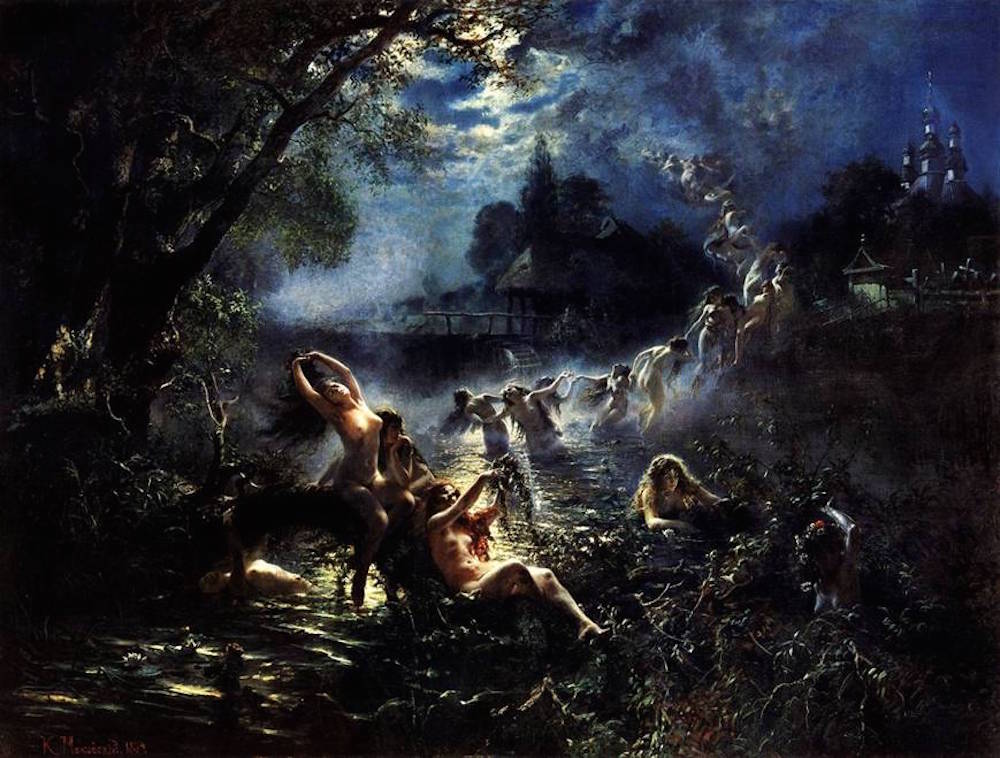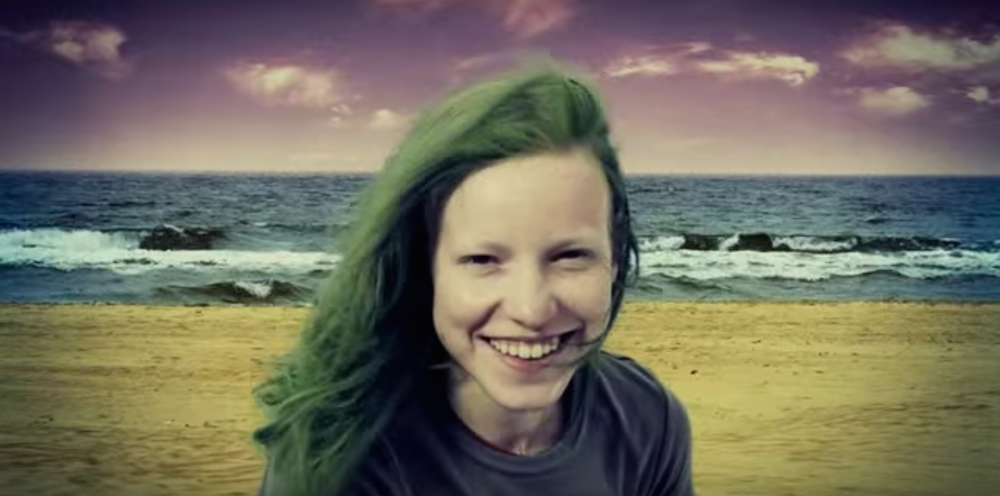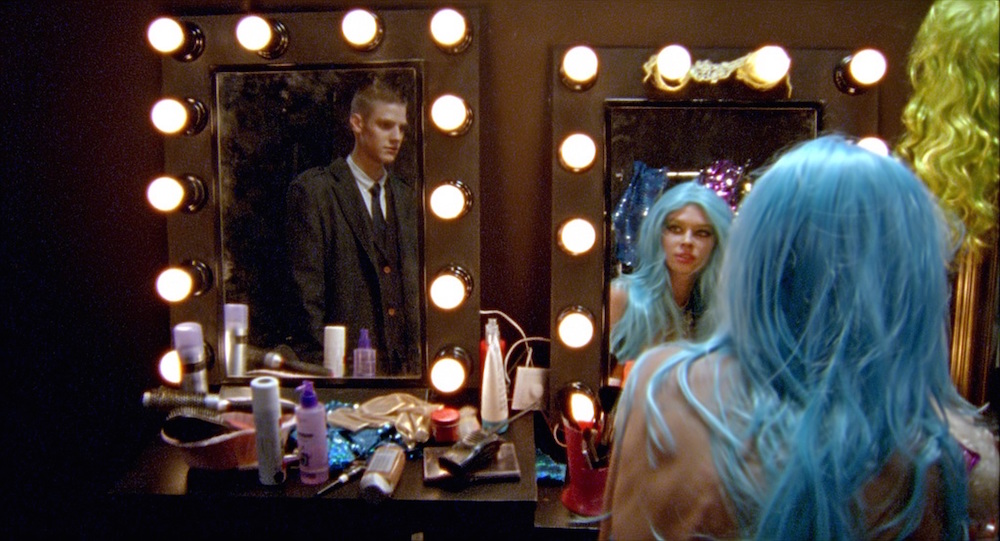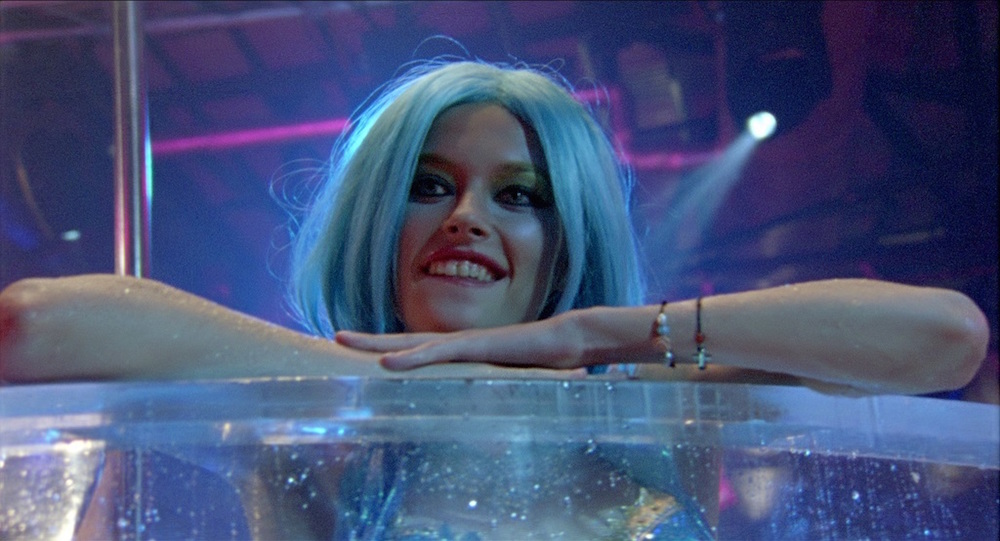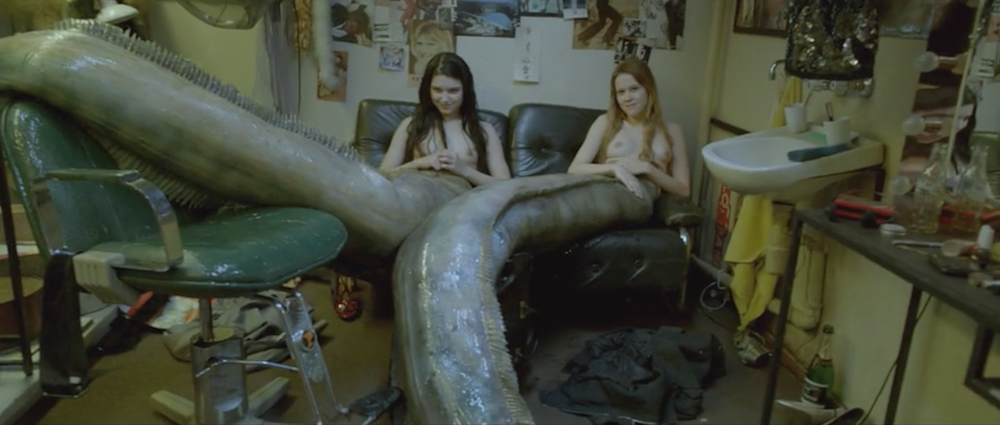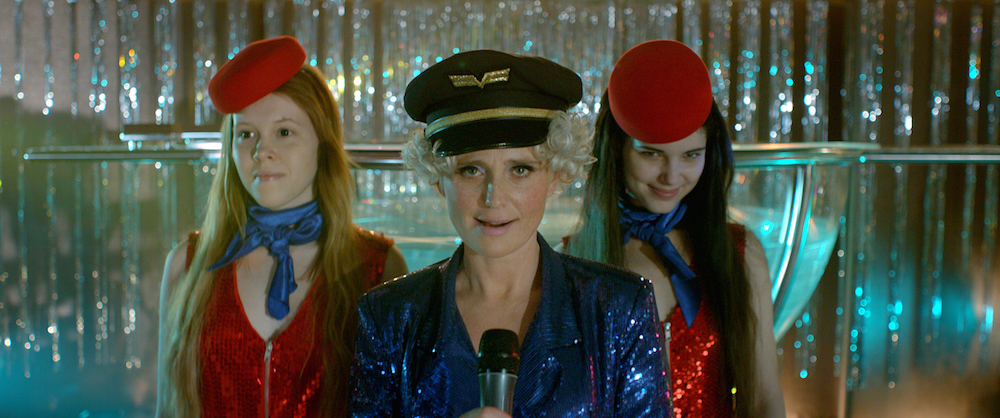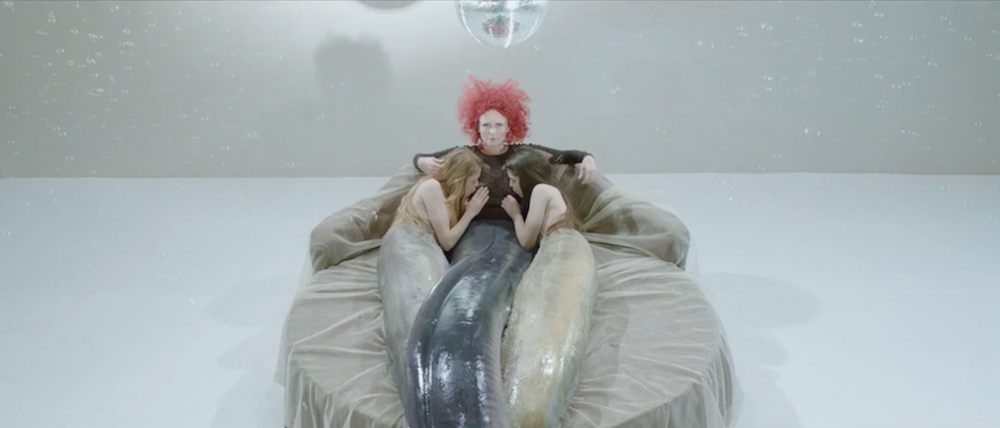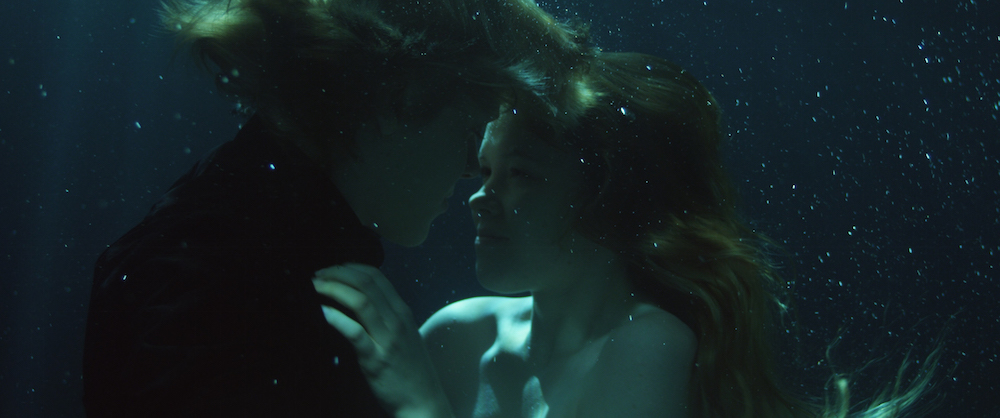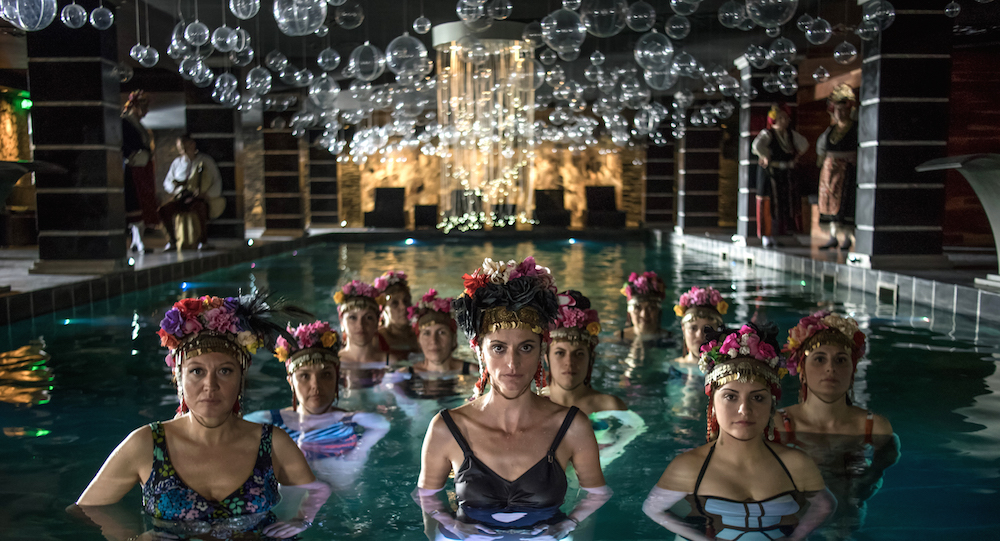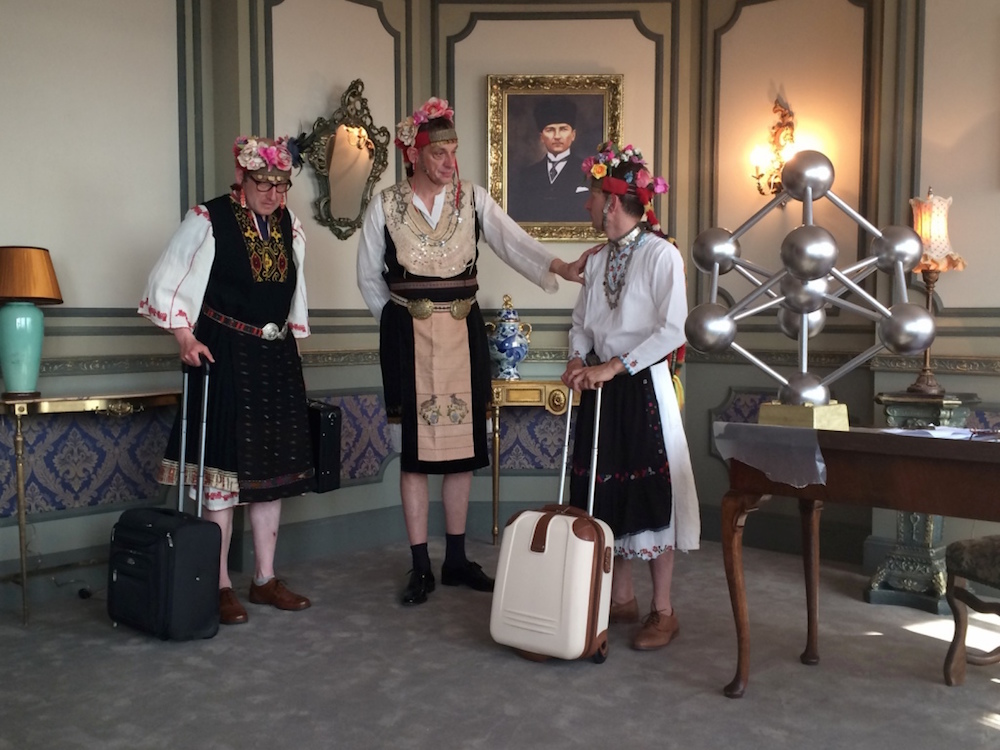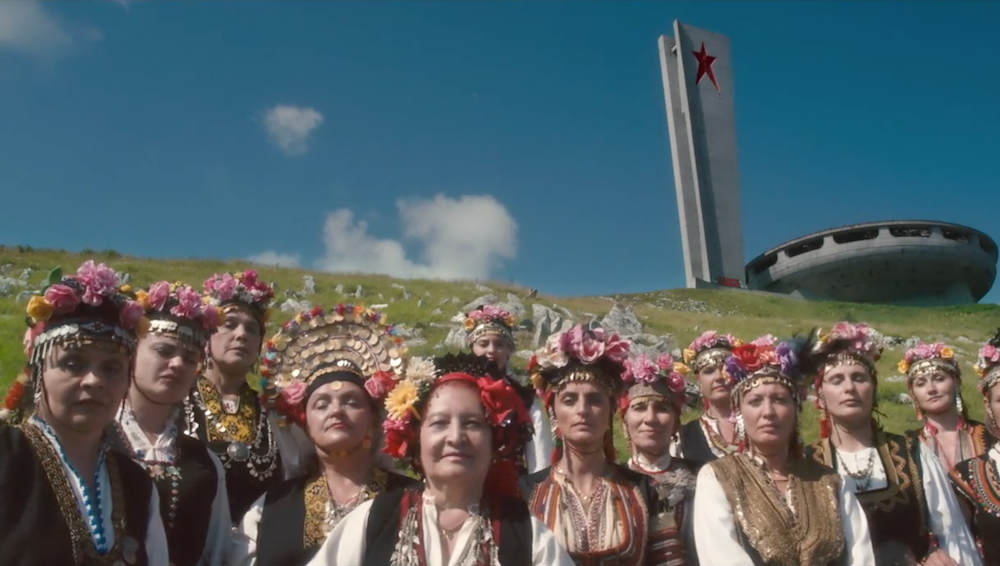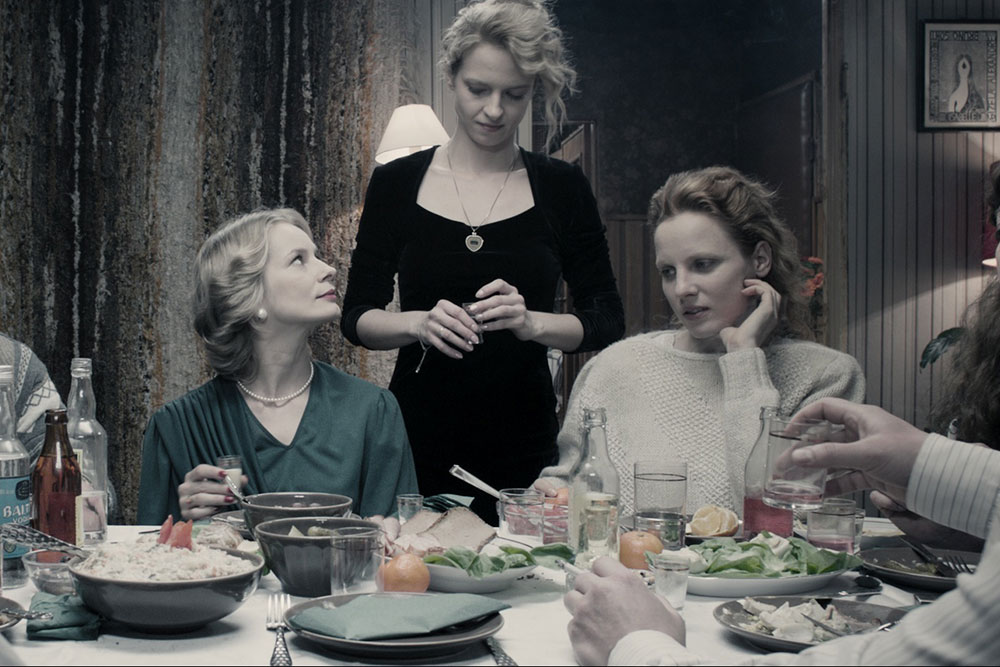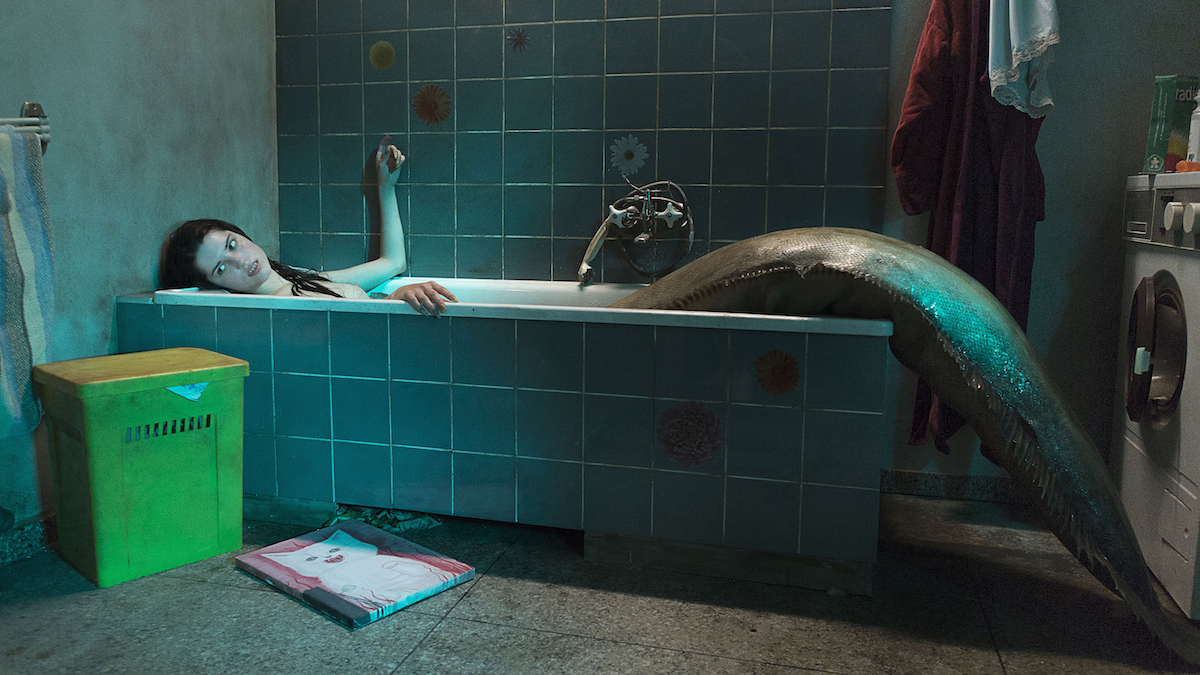
From Hans Christian Andersen to the Slavic "rusalka", the mermaid is a fairytale staple. Now the aquatic archetype is making a comeback on the big screen. Yoana Pavlova explores how this classic myth has resurfaced in New East cinema, and what it tells us about the image of modern women
Mermaids, nymphs, sirens, rusalki – different names describing the same mythical, fairy tale creatures. In Western culture, mermaids are half-fish, half-women, characterised by their beauty, seductiveness and enchanting but dangerous supernatural nature. In Slavic mythology, however, the mermaid, or rusalka, has a slightly different connotation: a chthonic creature, she symbolises the wandering soul of a young girl who has committed suicide or otherwise suffered a tragic death before her wedding day.
In today’s globalised world, thanks in part to Hans Christian Andersen and his (later Disney-fied) The Little Mermaid (1837), these notions seem to intertwine; mermaids are regarded in the light of romanticism, their story lent tragic overtones. Interestingly enough, though, these folk traditions are more in vogue than ever, in politics and culture, and they speak to the way in which women from eastern Europe, in particular, are stereotyped in the West.
Take Melania Trump, for example – ever since she has been in the public eye, writers from all over the world have been trying to get to the bottom of her character, with little success. The US President’s wife is both an enigma and an object of ridicule, and what we see in the Western media is most often simply a projection of decades-old stereotypes about eastern European women.
Part of the problem seems to be that on her rare public appearances Melania either remains silent or scrupulously echoes her husband’s words (when she is not quoting Michelle Obama, that is). Not only does she not stand for “eastern Europe”, she doesn’t seem to stand for herself. It is as if she is playing a role in a much more important, albeit invisible contest. As a result, what we have been witnessing in the public discourse is the gradual “mermaidisation” of Melania’s story: married off to an affluent prince, an innocent and naive girl has had to abandon the realm of the sub-humans forever for life in a fairy tale, in the process losing her voice and identity.
If there’s a mermaid in the White House, then clearly we need to dive deeper, to understand and deconstruct this aquatic archetype. And what better place to start looking for “la femme de l’Est” than cinema? Recent years have seen the mermaid myth brought to the screen in a number of ways.
Mermaid (2007) and Star (2014) (Anna Melikyan, Russia)
Mermaid is the title of a 2007 film by Armenian-Russian director Anna Melikyan, where the plot-line follows Hans Christian Andersen’s model – an unusual girl with out-of-this-world hair falls in love with a rich, emotionally confused guy and faces competition for his heart. The feature is a real charmer, and won accolades at both Sundance and Berlinale film festivals. It’s Melikyan’s next full-length work, however, that provides more answers about the mermaids’ agenda. Star (2014) gives an insight into young women literally “in the making”. Masha (Tinatin Dalakishvili) and Margarita (Severija Janusauskaite) have no illusions about success in life: plastic surgery, expensive garments and an influential man are must haves. Under normal circumstances these two women would not meet, because they occupy different levels of the social hierarchy. But fate pairs Masha with the teenager Kostia, a rebellious prince substitute; at the same time Margarita is separating from his despotic oligarch father. The two women come together as a result, bonded by their romantic successes and failures.
This set-up may seem a bit overplayed, but Star is a subtle comment on money-obsessed Russia, where the gold digger is a prominent cultural figure and an ideal for many young women. As Anna Melikyan explains in the Making Of documentary, Alisher Khamidkhodjaev’s camera focuses on the narrative parallel between the high and the low society, and the siren-like women who inhabit each – while Margarita’s palatial home feels like an aquarium, Masha swims in a striptease tank dressed as a mermaid to make a living, because the boss of the nightclub she auditions at deems she cannot sing. As the plot progresses, these two worlds meet in a scene where Margarita, dethroned and drunk, jumps into the tank to show the girls how it is to be done. Both characters here sport extravagant, coloured wigs, thus raising interesting questions about the identities of these women.
One detail that might pass foreign viewers by is that both actresses speak with an accent. Tinatin Dalakishvili, a fresh Milla Jovovich lookalike, hails from Georgia, whereas Severija Janusauskaite was born in Lithuania; both are young enough not to be fluent in Russian, which (especially in a work helmed by an Armenian) adds a layer of bitter commentary on the dynamics between cultural centres and peripheries: like mermaids, these women have had to cross from one world to another. In this context, Masha and Margarita emerge as a collective figure: a half-biological, half-social phenomenon that can be approached only with empathy and understanding.
The Lure (2015) (Agnieszka Smoczyńska, Poland)
The Lure (2015) is another film from the New East with a Sundance seal of approval that has led to a US distribution deal with Janus Films. Whether the deal is a reflection of the current revival of Polish cinema, or an attempt to satiate the American audience’s hunger for musicals, it represents an excellent opportunity for Agnieszka Smoczyńska’s feature debut – an extravagant genre treat with festival allure – to reach more spectators. The filmmaker tells me that this tale of two mermaids who conquer 1980s Warsaw as an all-singing, all-dancing rock duo was inspired by the group Ballady i Romanse, made up of the two Wronski sisters, who composed the film’s soundtrack: “[this was] the group’s coming of age story, but then they both got scared that it was way too close to their own private lives. So the screenwriter [Robert Bolesto] had the idea of making the characters mermaids, as a metaphor for the two girls and their growing pains, so to speak.”
In the midst of the rich texture of the mise-en-scène are the two mermaid-rockers – Silver (Marta Mazurek) and Gold (Michalina Olszańska) – whose names, voices, and tails make them perfect for the stage. Smoczyńska’s film ultimately centres around the dark desires and conflicts between this fascinating pair. “As I worked on this film my opinion about mermaids as mythical creatures evolved a great deal. I wanted our mermaids to be much more the sirens from Homer than sweet little mermaids. The tragedy entangled in their destiny does not necessarily have to mean that they sacrifice their wild nature.”
King of the Belgians (2016) (Peter Brosens and Jessica Woodworth, Belgium and Bulgaria)
The motif of mermaids or sirens receives a different makeover in King of the Belgians (2016) by Peter Brosens and Jessica Woodworth, where modernity clashes with traditions, and East with West. In what is intended to be a trivial PR exercise, Belgian king Nicolas III (Peter Van den Begin) and his small retinue – including a war-correspondent-turned-documentarian (Pieter van der Houwen) – are stranded in Turkey just as Wallonia secedes from Belgium. Smuggling themselves out of Istanbul disguised as folk singers, the crew set out on an anthropological voyage across the Balkans.
Key in the intrigue is the king’s encounter with the Black Sea Sirens, a choir composed of actual singers from famous ensembles such as The Mystery Of The Bulgarian Voices, the Philip Koutev Ensemble and Quartet Slavey. Their soloist Ana (Nina Nikolina) embodies the traits of the mermaid: endearing, impromptu, irresistible. An open-minded and independent girl, she is at the heart of a scene in which the choir shoots a music video in a pool in bathing suits and traditional head-dresses. She is disguised as a rusalka, just as the king is disguised as a folk singer – the mythical, folkloric figures are what pushes the plot to descend into carnival. Woodworth explains: “The Black Sea Sirens were there as a concept from the very beginning, and we hired real singers, rather than actresses. We were, all of us, playing gently and with full awareness with stereotypes of all sorts – a precarious but exhilarating process. I am allergic to simplifications and generalisations, though.” Co-produced with Art Fest and shot mostly in Bulgaria, King of the Belgians is currently enjoying its first audience with local viewers at this year’s Sofia International Film Festival.
